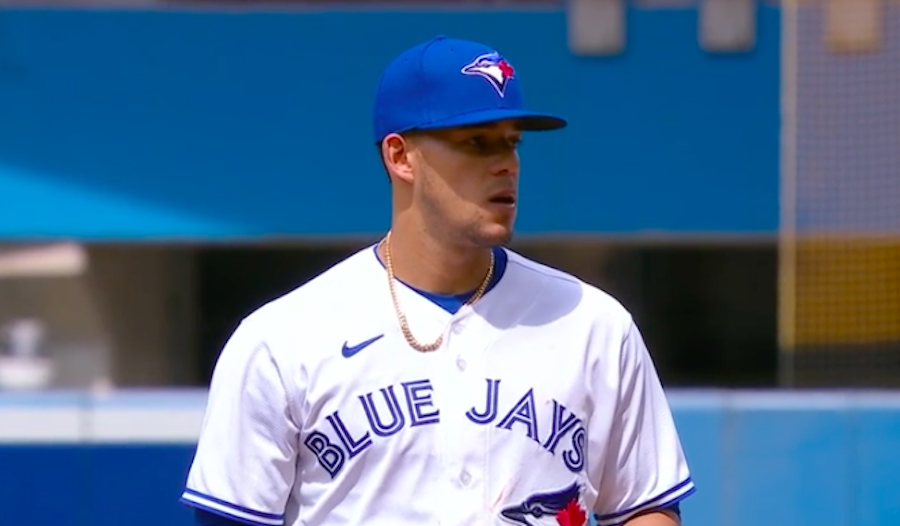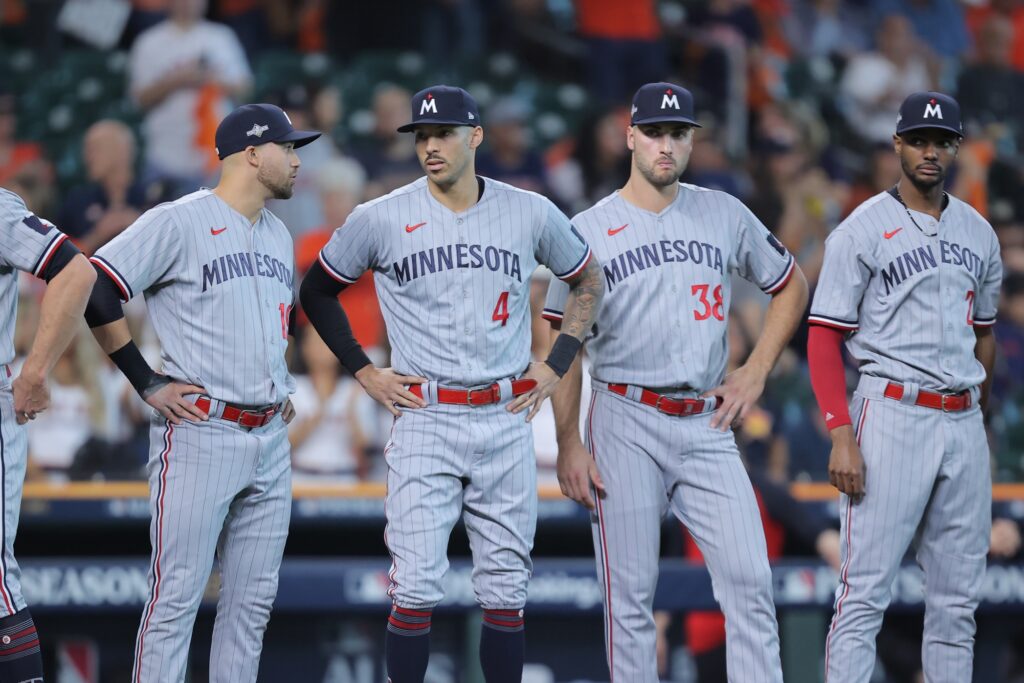In just over a week, shoppers will flock to the Mall of America in pursuit of the perfect gift. While some will throw down to acquire that elusive PlayStation 5, others will be drawn to the perfect deal.
The Minnesota Twins fall into the latter category as they enter another pivotal winter. With the goal of rebounding from a disappointing season, the front office has plenty of holes to fill with a small-market budget.
This leads Derek Falvey and Thad Levine racing to the clearance rack where they can’t believe all of the sweet deals. But as the best shoppers know, a great deal doesn’t always represent the best value.
Last offseason was a great example when the Twins waited until January to fill holes on the roster. This led to a bargain bullpen when the Twins signed Alex Colomé to a one-year, $5 million deal.
Colomé went on to become a shaky closer, blowing seven of 24 save opportunities while Trevor May became a reliable set-up man, posting a 3.59 ERA in the first year of a two-year, $15.5 million contract with the New York Mets. May would’ve given the Twins’ bullpen at least one dependable arm.
Falvey and Levine also beamed like a shopper walking out of Target on Black Friday when they signed Andrelton Simmons to a one-year, $10 million deal. But the signing went horribly wrong when Simmons recorded the third-lowest OPS (.558) in franchise history for a shortstop with at least 412 at-bats.
For $8 million more, the Twins could have signed Marcus Semien, who slugged 45 home runs and became an MVP candidate on a one-year deal with the Toronto Blue Jays.
But even when the Twins have the right approach, they still manage to find the wrong players. To fill the back end of the rotation, Minnesota signed J.A. Happ and Matt Shoemaker to one-year deals worth a combined $10 million.
For the same amount of money, the Twins could have signed Robbie Ray and Carlos Rodón, who had similar questions but finished first and fifth in this year’s Cy Young Award voting.
When José Berríos wanted a new contract, the Twins reportedly balked at his demands. After trading Berríos to Toronto, the right-hander signed a seven-year, $131 million contract that the Twins could have easily managed.
The same situation exists with Byron Buxton, where the Twins would reportedly rather find value in a trade involving prospects than be on the wrong end of a long-term contract.
But it’s where the Twins spend their money that makes that a fallacy. Over the past couple of years, the Twins signed a 34-year-old corner infielder with calf problems instead of re-signing a strong No. 2 starter.
When the Twins do re-sign their own players, it’s usually to what they believe is their own benefit. While it worked with Jorge Polanco, it has locked them into questionable deals with Max Kepler, Miguel Sanó and Randy Dobnak.
For a team that has lost 18 straight playoff games dating back to 2003, giving Dobnak $9.5 million guaranteed instead of paying up for Berríos is like getting socks for Christmas. But at some point, the Twins need to dive in head-first for the market’s “Turbo Man” doll and put a winning product on the field.









